Google has introduced its next-generation image model Nano Banana Pro, informally known as Nano Banana 2, signaling a shift in generative image technology from experimental play to essential production-level infrastructure. The upgraded model strengthens information visualization, text rendering, scene consistency and advanced editing, expanding its potential in content creation, advertising, branding and education.
Turning Information Into Images in a Single Workflow
Nano Banana Pro can analyze text and factual data to generate structured visuals such as infographics, card-style summaries and diagrams. Unlike earlier models that acted mostly as stylized image generators, this system can ingest real-time search data to produce visualizations of weather conditions, local information, recipes or academic concepts.
The process that once required research, writing and separate design steps can now be executed within a single model. A simple photo of a plant can produce an infographic that includes its origin and care instructions, relying on the model’s integrated search and reasoning abilities.
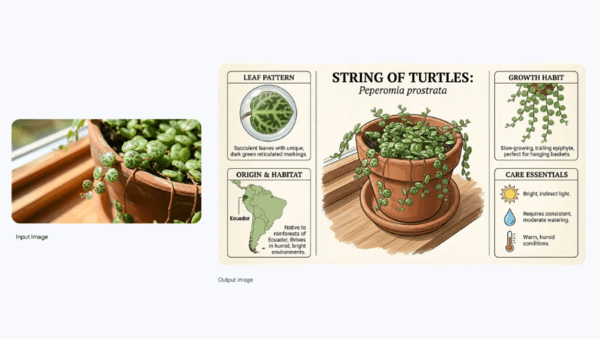
Solving Text Rendering and Scene Consistency
One of the long-standing weaknesses of image models has been text quality and consistency across scenes. Nano Banana Pro directly targets this challenge. It renders multilingual text, including Korean and English, with clarity and placement precise enough for posters, UI mockups and professional marketing materials.
The system also maintains consistent faces, lighting and composition even when up to fourteen input images or five human subjects appear in a single scene. This level of reliability elevates the model into practical territory for brand campaigns, character-based media, episodic visuals and other tasks where continuity is critical.
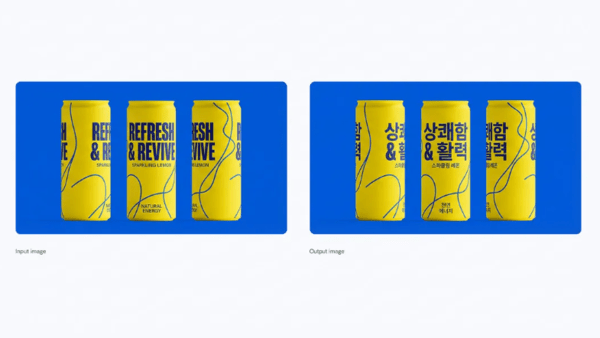

Studio-Level Image Control
Nano Banana Pro expands beyond generation and into the territory of professional post-production. Users can apply local adjustments to selected regions, modify camera angles, tune depth of field, and perform color correction or day-night transitions. The model supports high-resolution output from 2K to 4K.
These features effectively merge the roles of camera work and editing inside a single AI system, giving designers and creators a workflow that resembles an all-in-one studio environment.

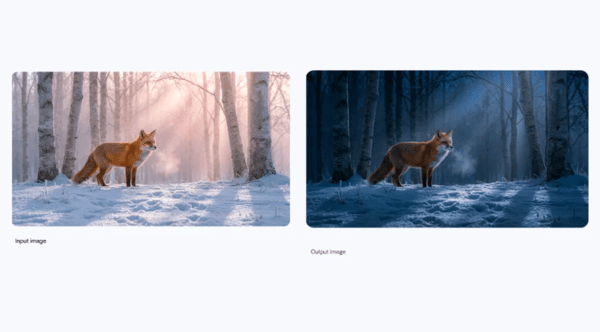
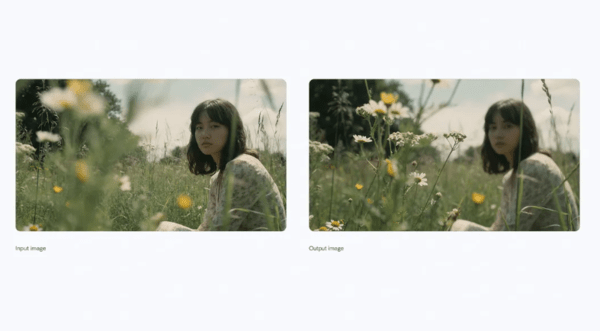
Strengthened Transparency Through SynthID
Google has also strengthened transparency measures with SynthID, a digital watermark applied to all generated images. The invisible watermark is embedded by default, while both free and professional users receive an additional visible marker.
Organizations and individuals can verify whether an image was AI-generated using Google’s SynthID detector. The system represents a broader industry push for traceability and responsible distribution of synthetic media.
A Shift From Generation to Design
Nano Banana Pro suggests a strategic shift in the AI image race. The focus is moving away from aesthetic fidelity toward real-world applicability. As tools integrate more tightly with research, documentation, branding and educational workflows, image creation becomes less about specialized graphic design and more about accessible, everyday production.
With this release, Google positions Nano Banana Pro as a cornerstone of practical, work-focused generative AI and sets the stage for its broader adoption in professional environments.
Written by Tech Insider Columnistㅣtlswnqor@naver.com

![[동학] 카카오톡 친구탭, 결국 12월 롤백… “격자형 피드는 선택 옵션으로”](https://cdn.kmjournal.net/news/thumbnail/custom/20251126/5517_10550_1119_1763853080_120.jpg)

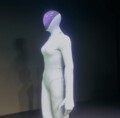
![[테크 칼럼] 제미나이3, GPT-5.1을 넘다…AI는 이제 ‘일을 대신하는 시대’로 간다](https://cdn.kmjournal.net/news/thumbnail/custom/20251126/5457_10454_4847_1763621329_120.jpg)
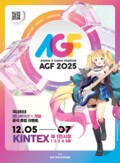


![[낭만 테크 시대] AI 대항해 시대](https://cdn.kmjournal.net/news/thumbnail/custom/20251126/5603_10714_4334_1764121414_160.jpg)

